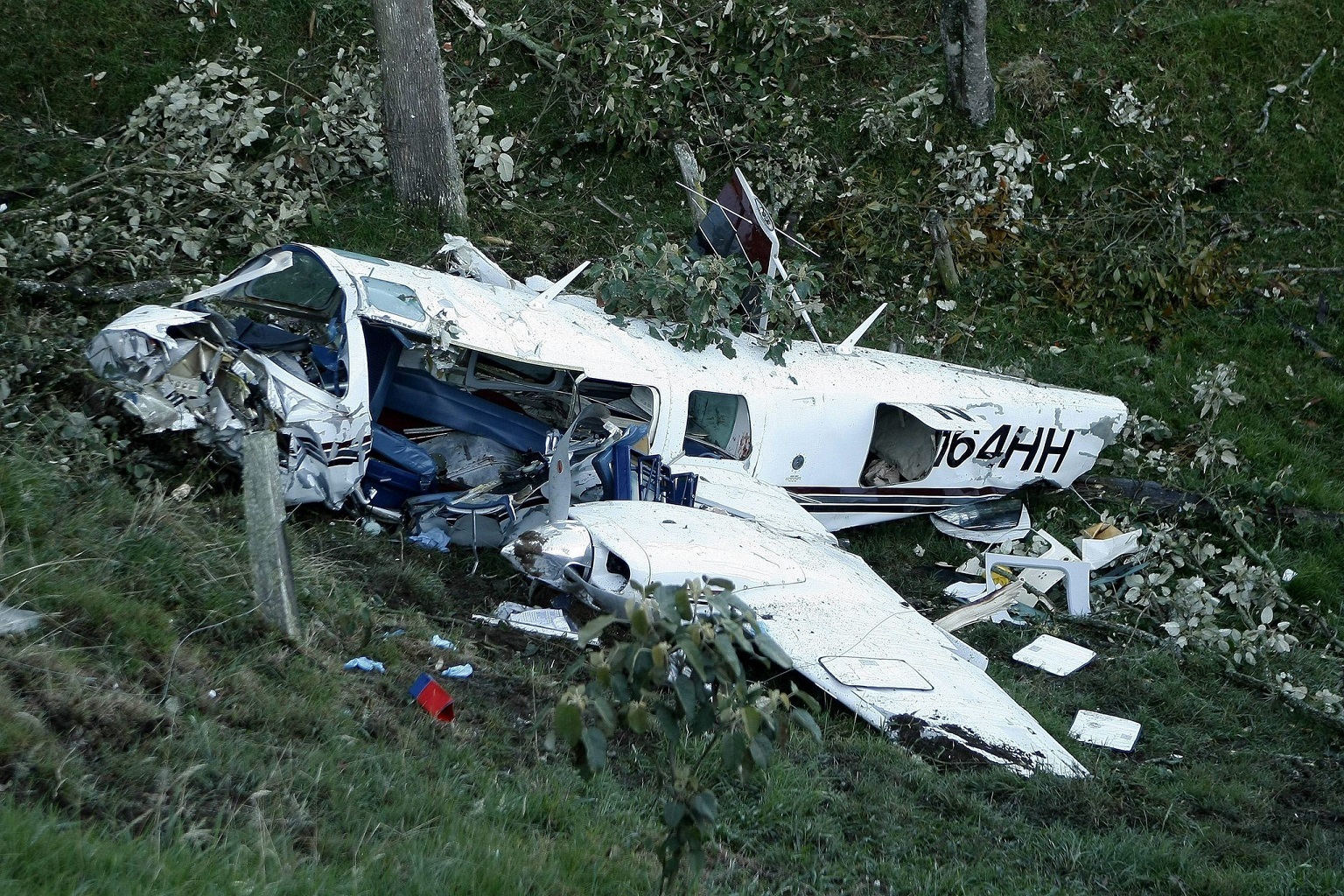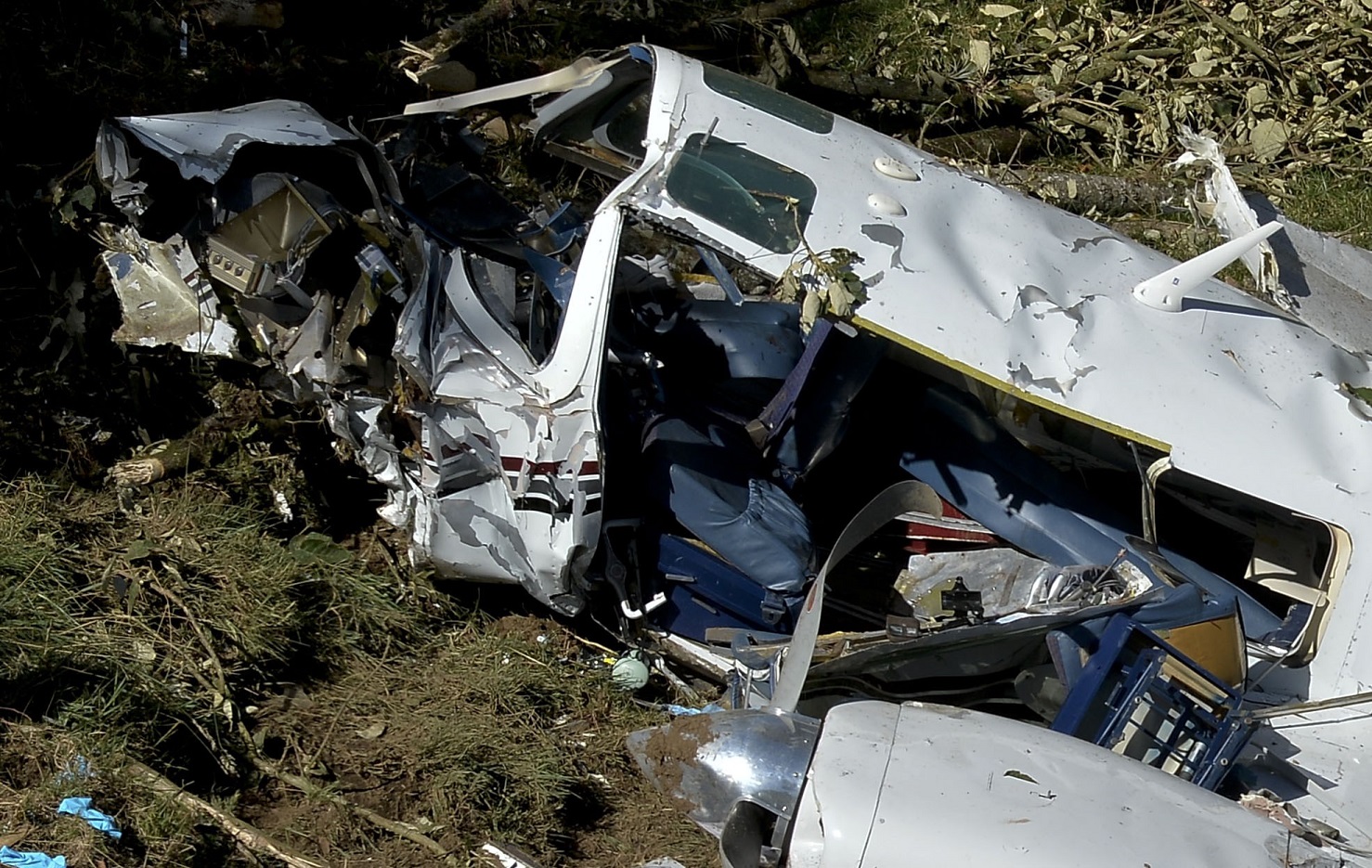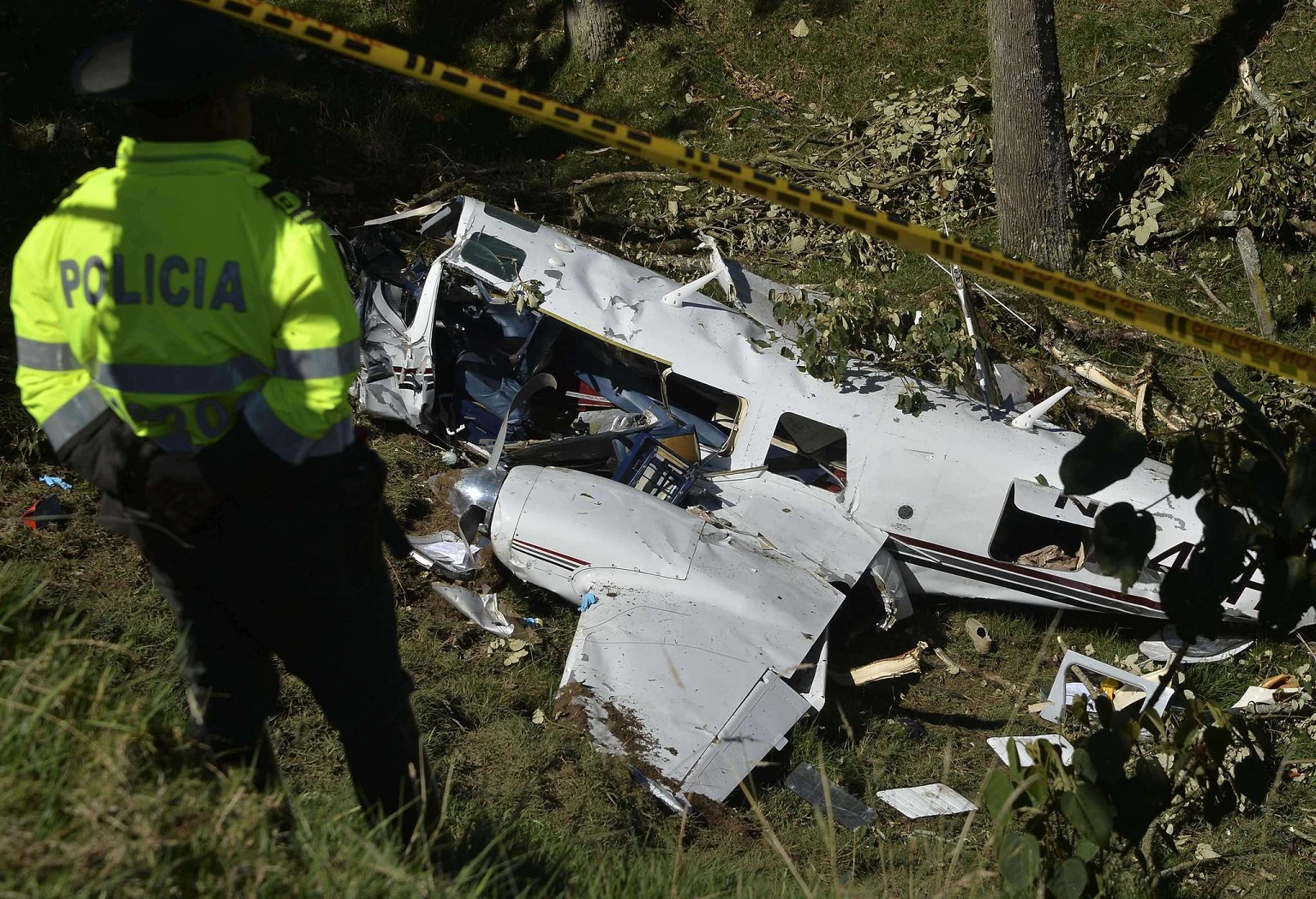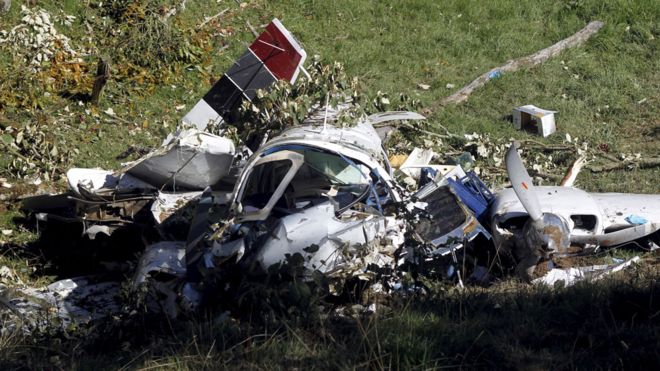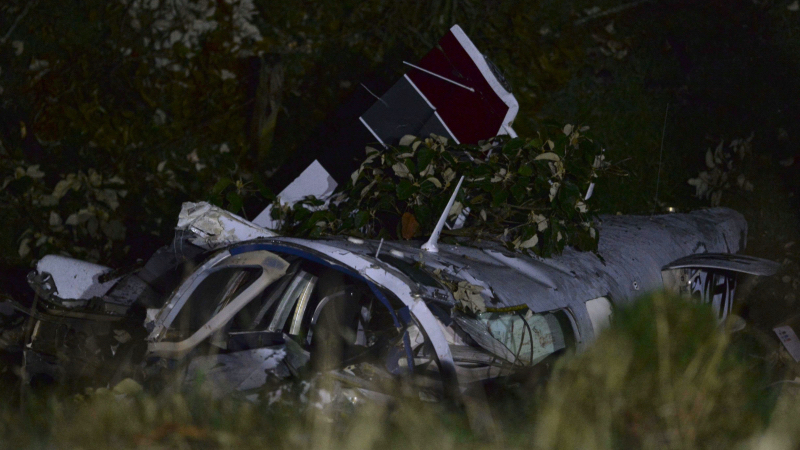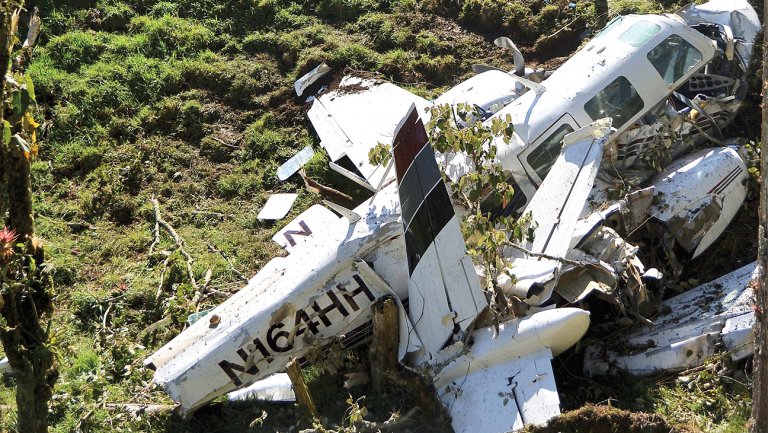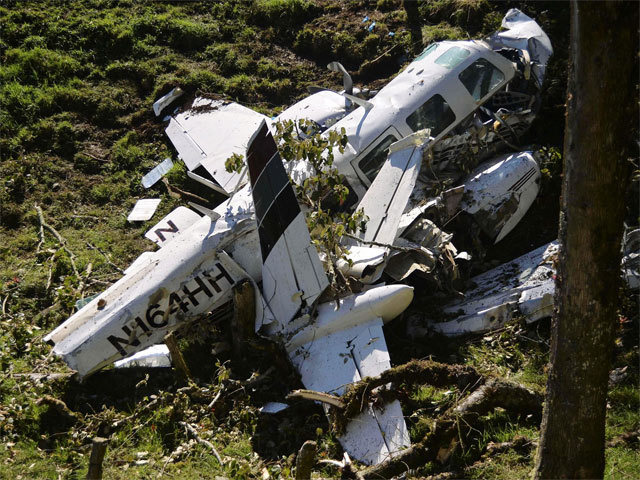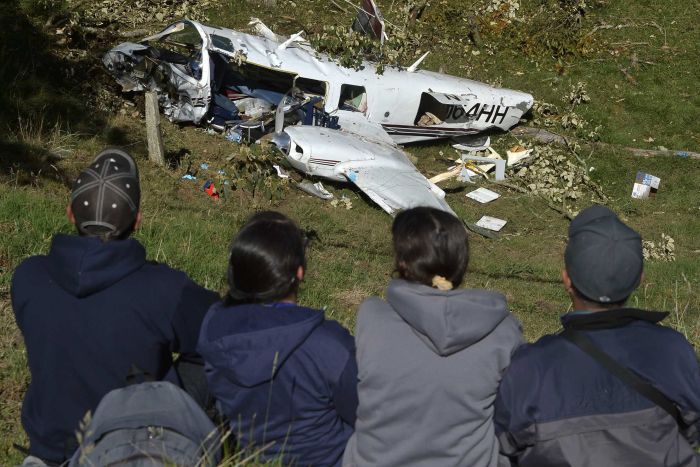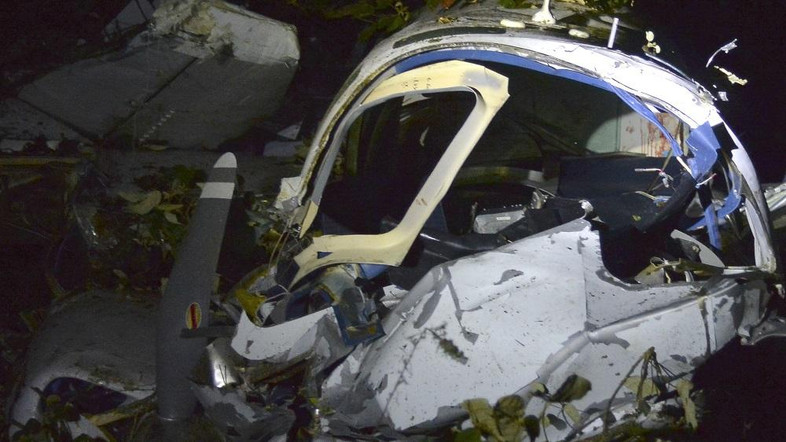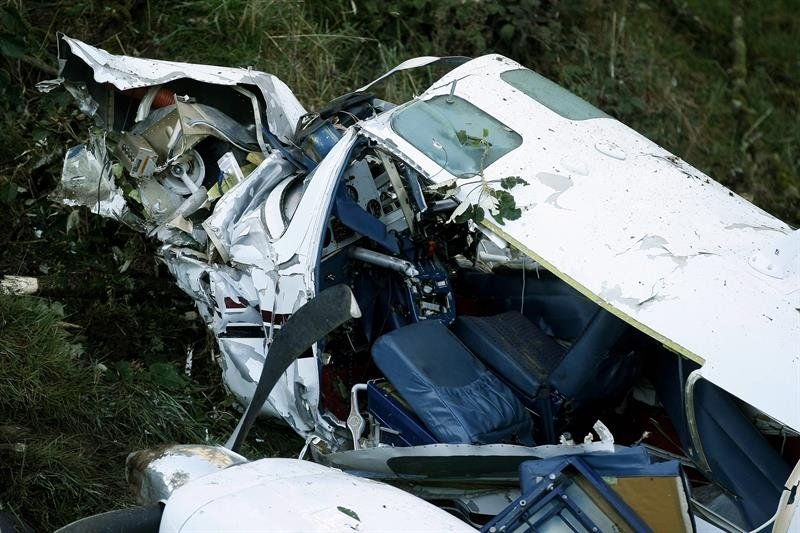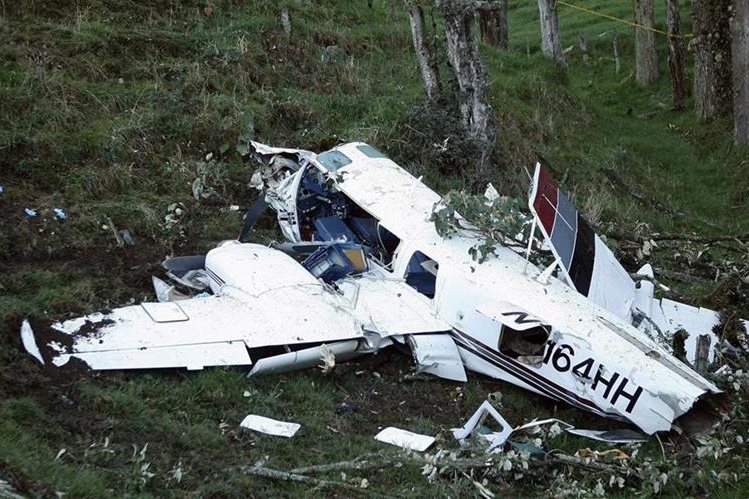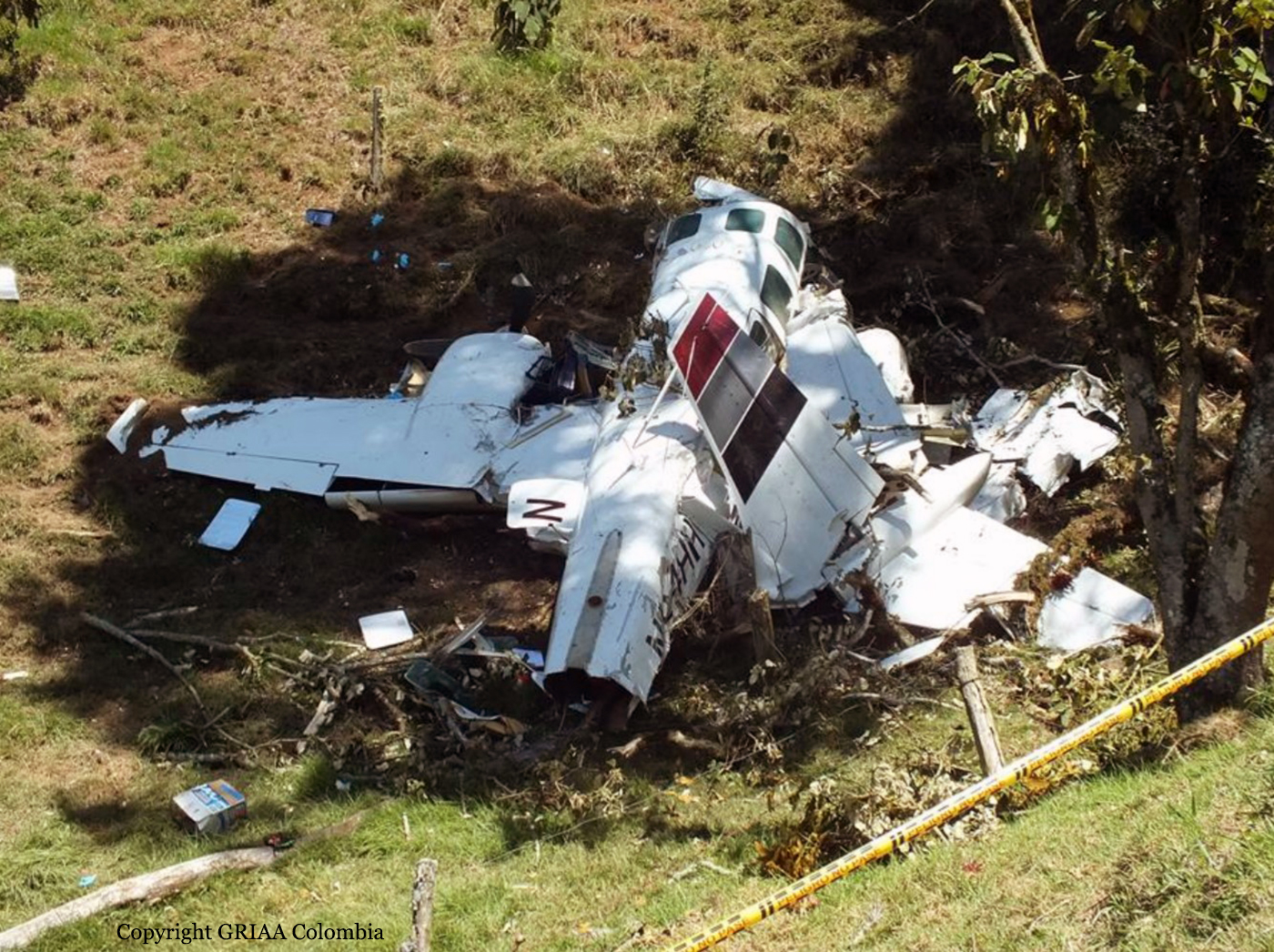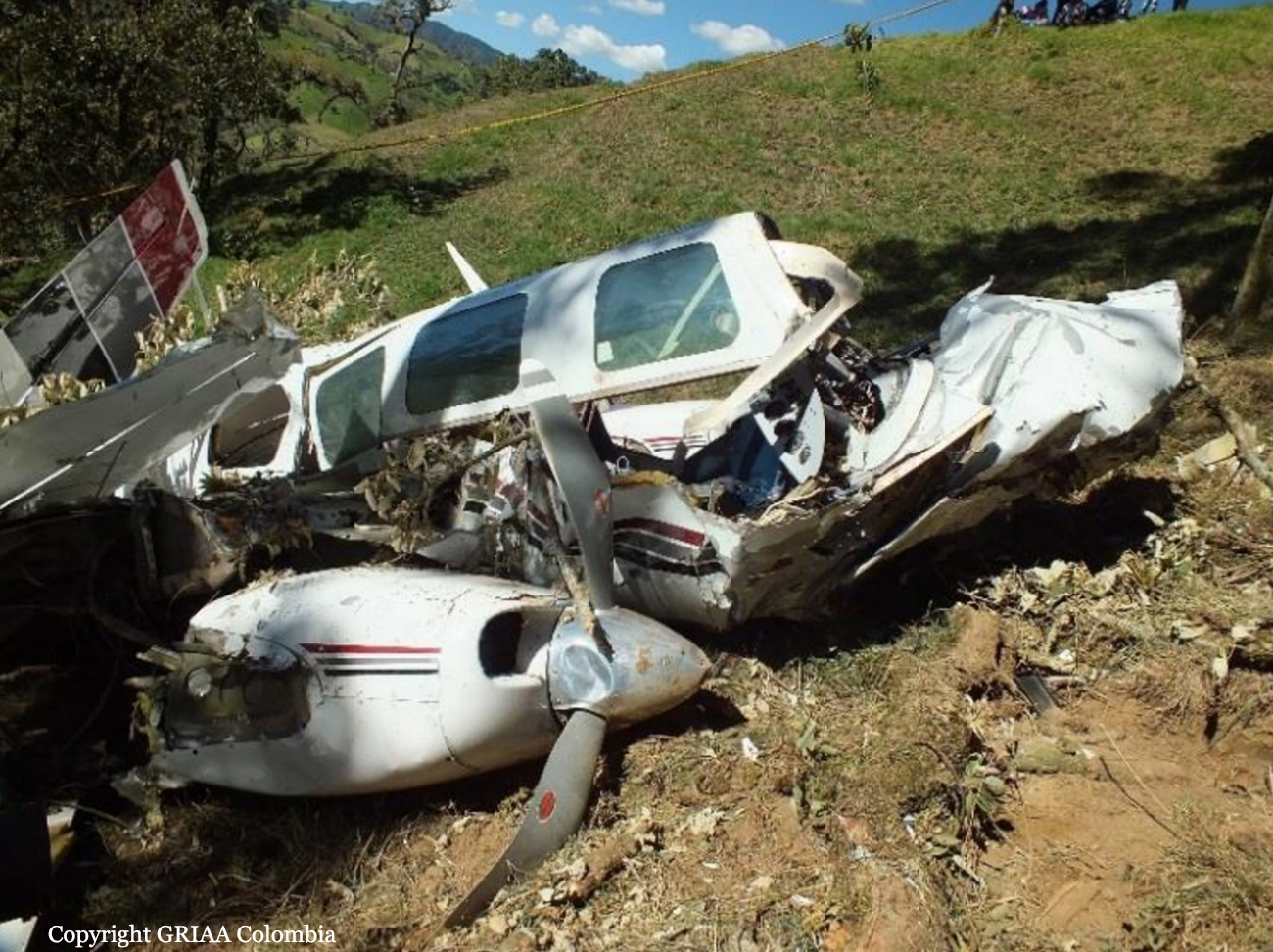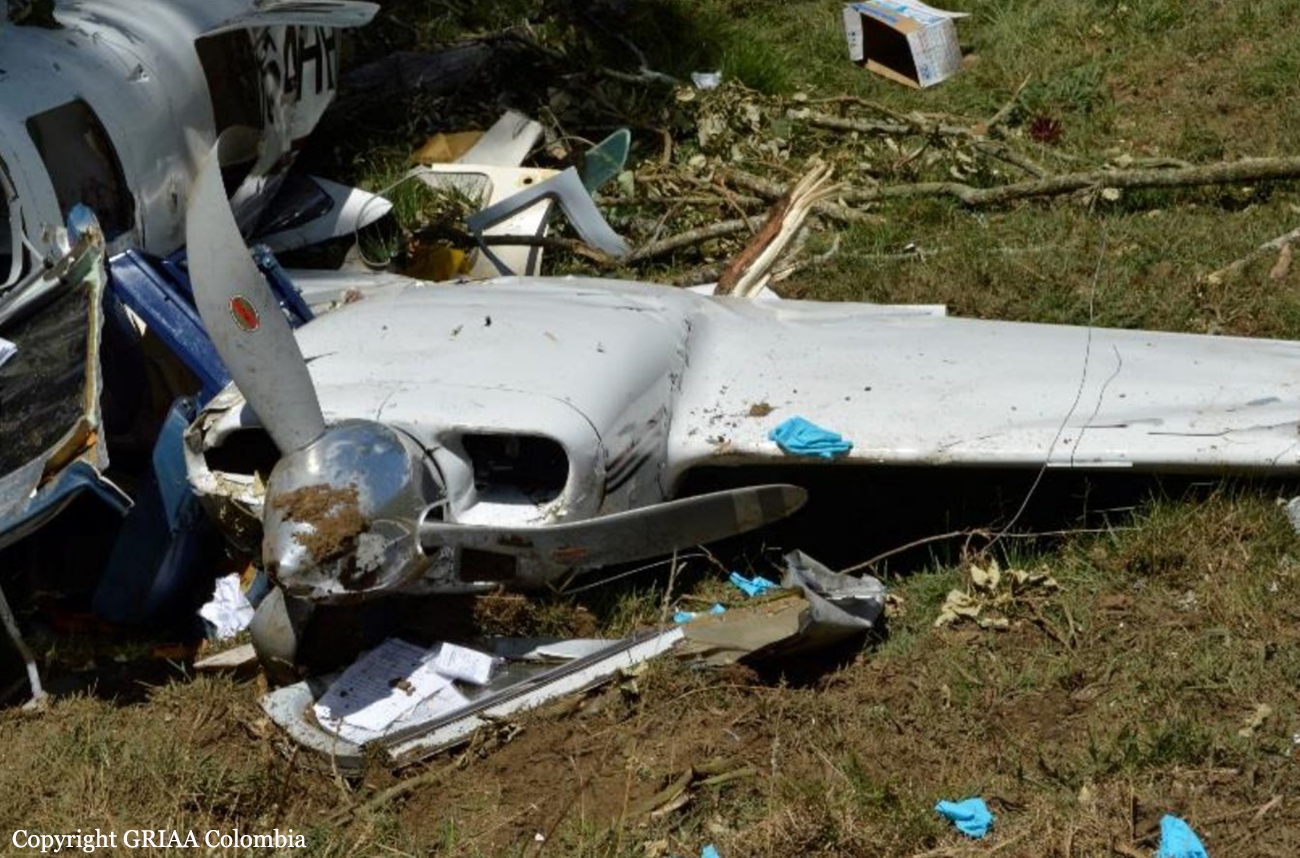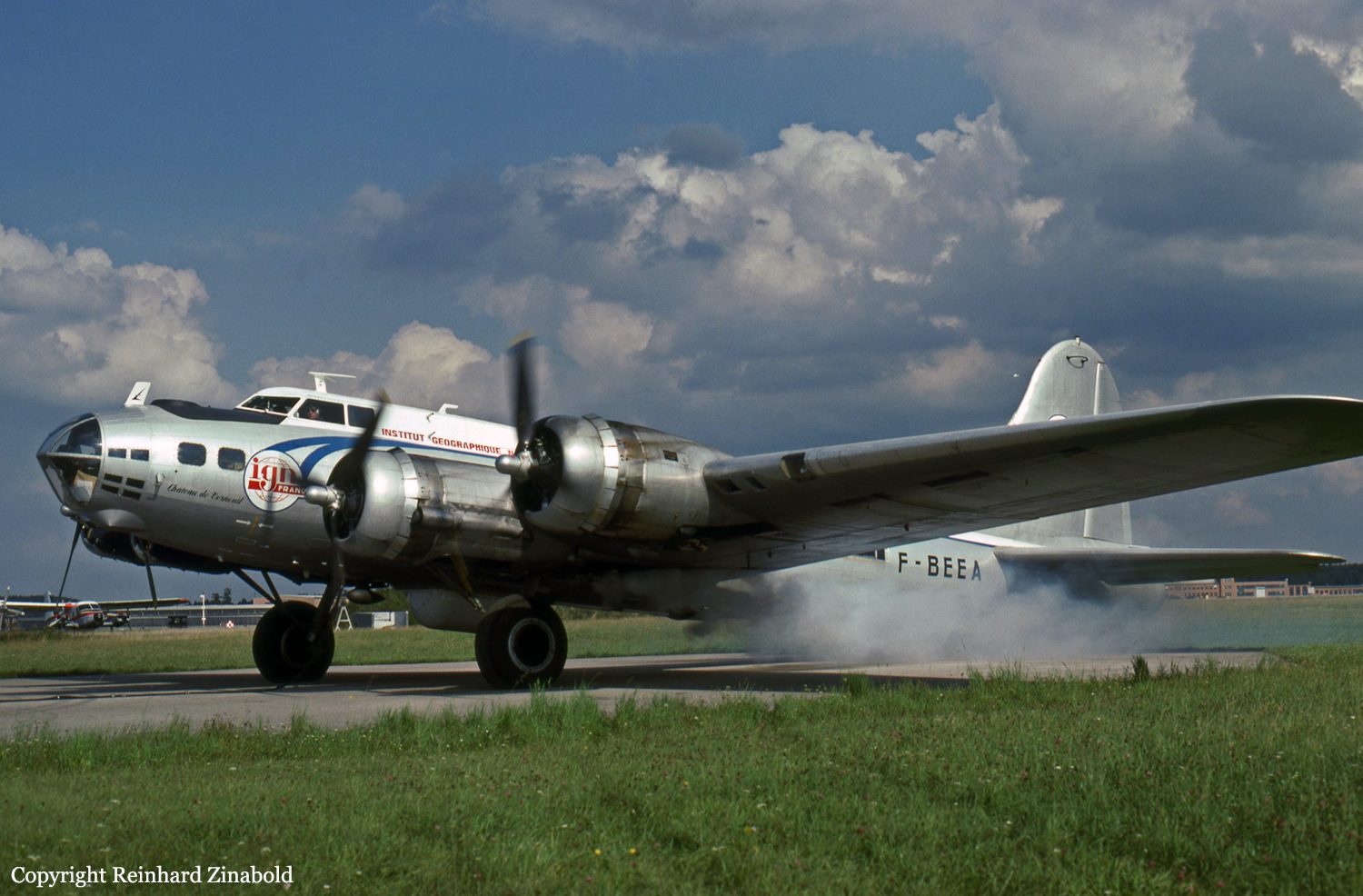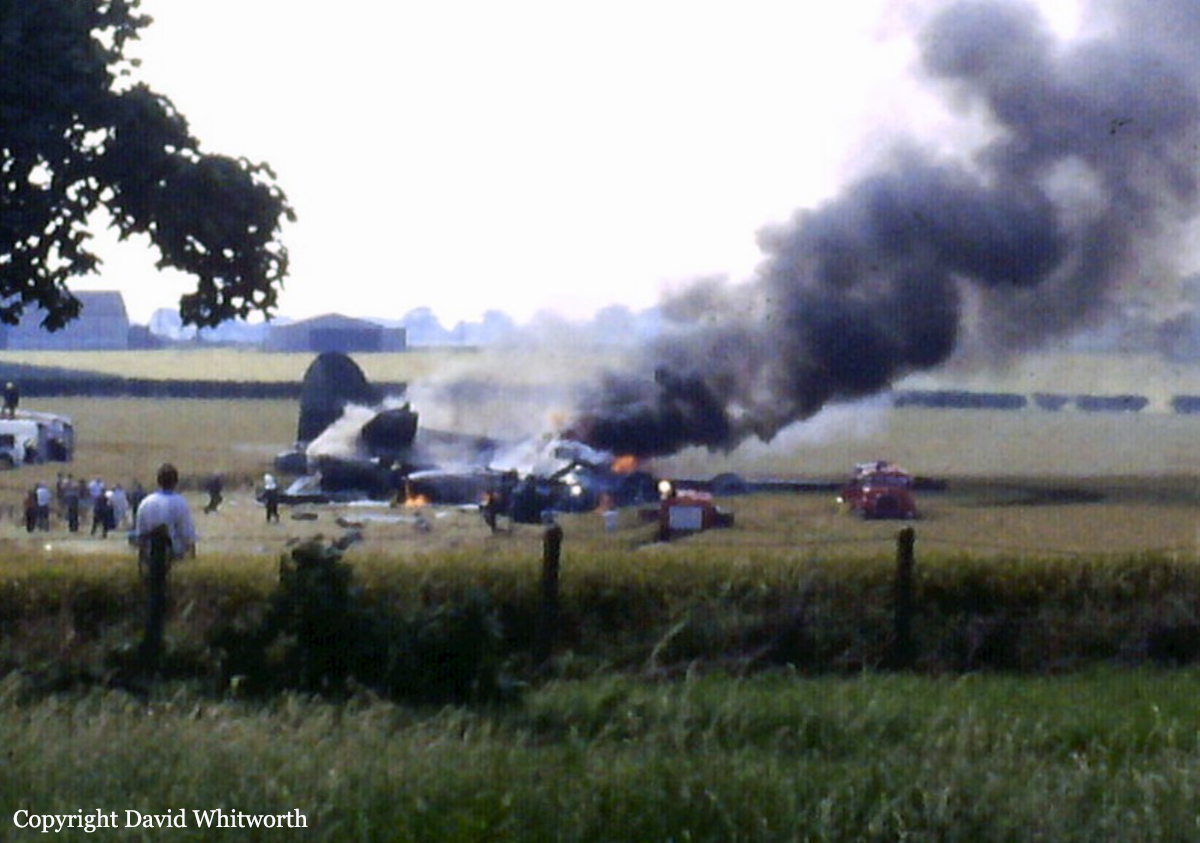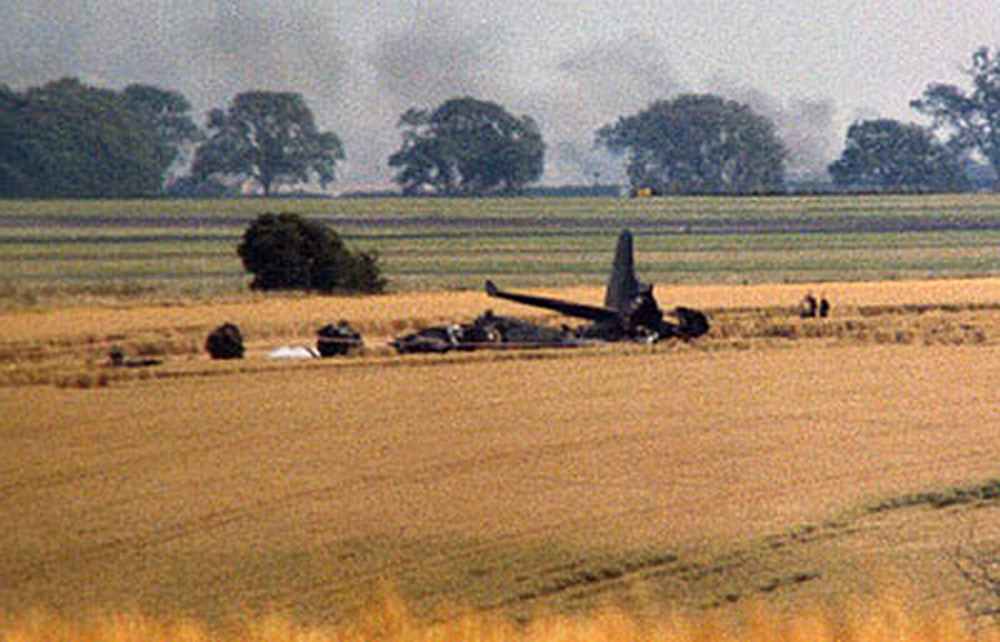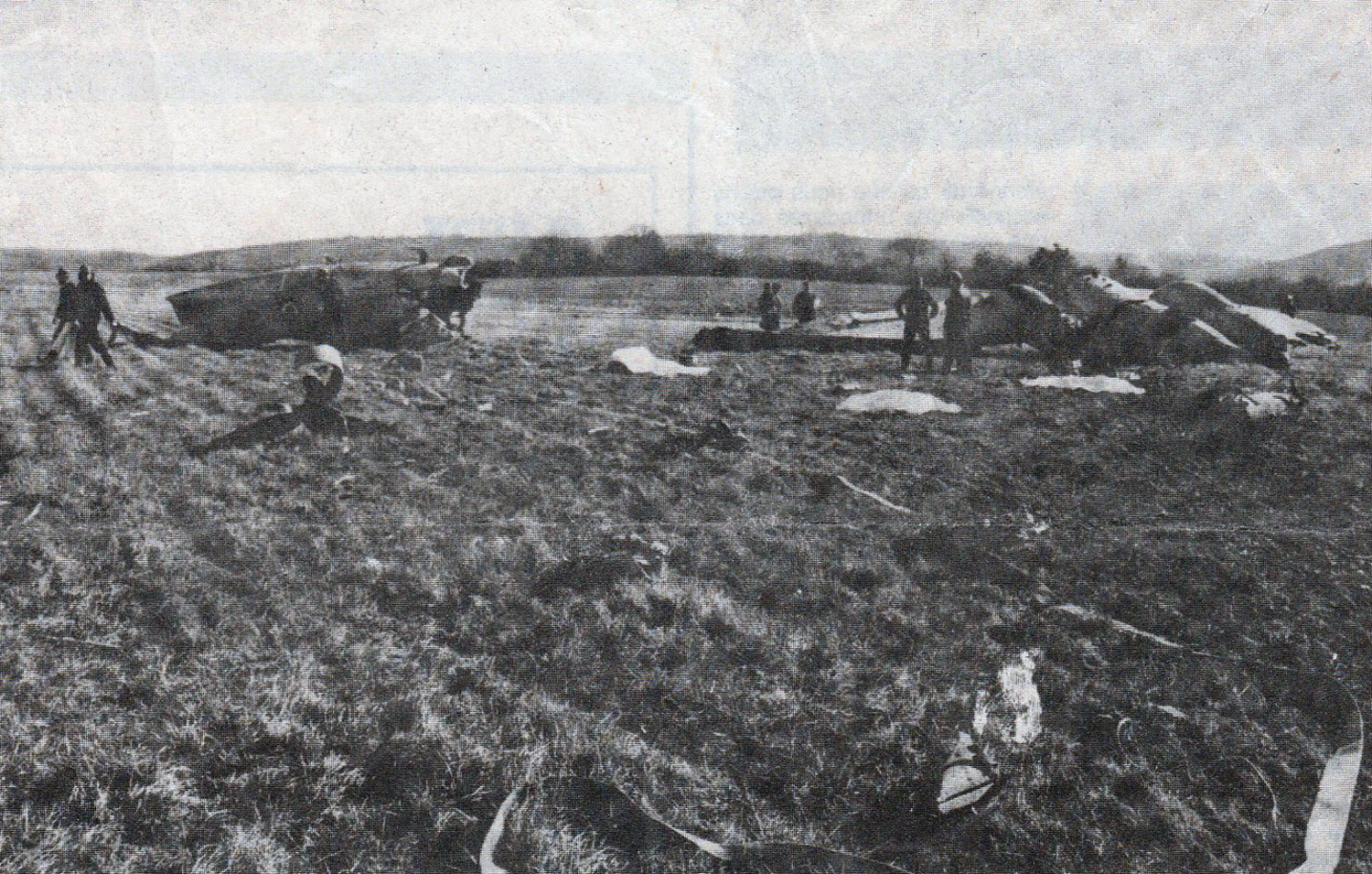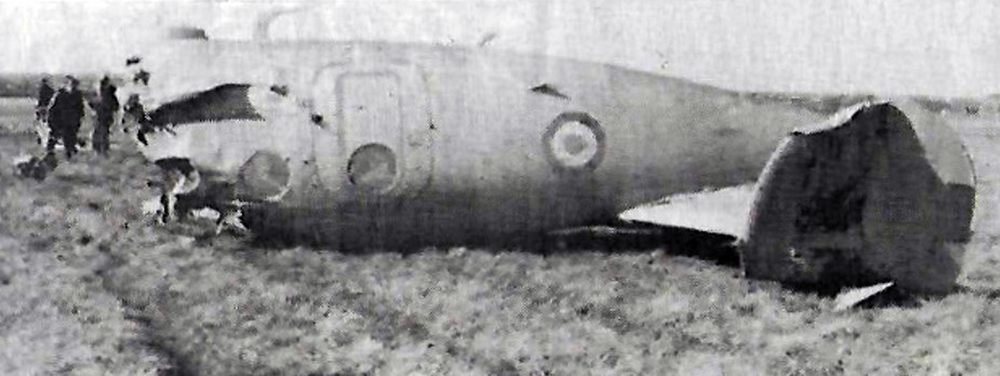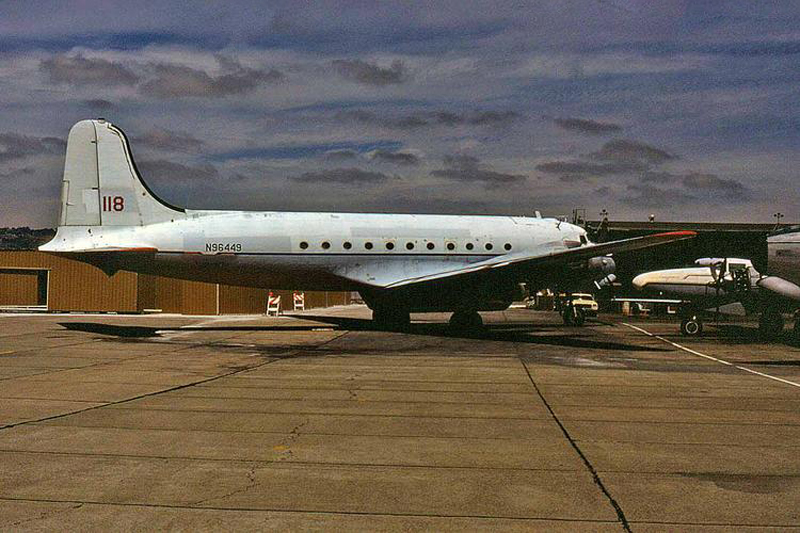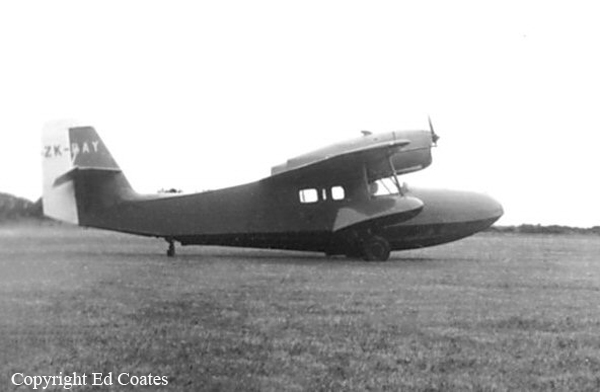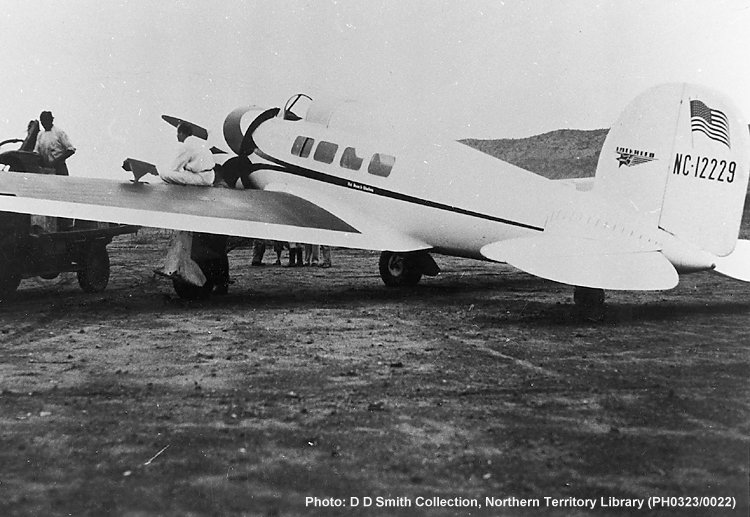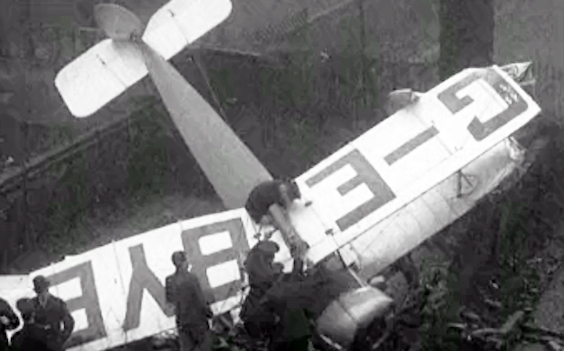Crash of a Piper PA-60 Aerostar in San Pedro de los Milagros: 2 killed
Date & Time:
Sep 11, 2015 at 1740 LT
Registration:
N164HH
Survivors:
Yes
Schedule:
Santa Fe de Antioquia - Medellín
MSN:
60-0012
YOM:
1969
Crew on board:
2
Crew fatalities:
Pax on board:
1
Pax fatalities:
Other fatalities:
Total fatalities:
2
Circumstances:
The twin engine aircraft departed Santa Fe de Antioquia on a flight to Medellín, carrying one passenger and two pilots who were taking part to the production of the Tom Cruise movie 'Barry Seal - American Traffic'. While flying over mountainous terrain in IMC conditions, the airplane struck the slope of a hill with its right wing then crashed at the bottom of trees. A pilot was seriously injured and both other occupants were killed. The aircraft was destroyed.
Probable cause:
The accident was the consequence of a controlled flight into terrain after the crew decided to continue the flight at low height in IMC conditions.
The following contributing factors were identified:
- The foreign crew was not familiarized with the area of flight,
- Poor flight planning,
- CFIT.
The following contributing factors were identified:
- The foreign crew was not familiarized with the area of flight,
- Poor flight planning,
- CFIT.
Final Report:
